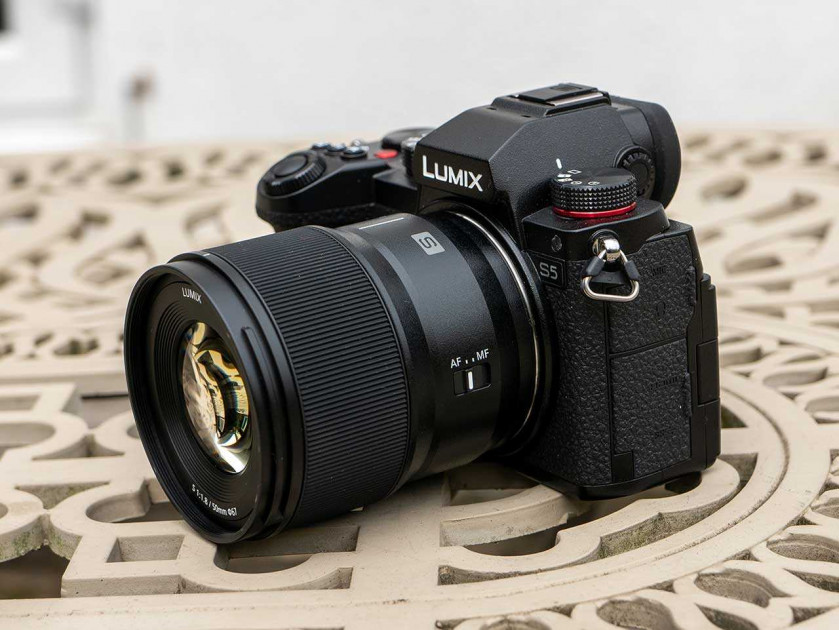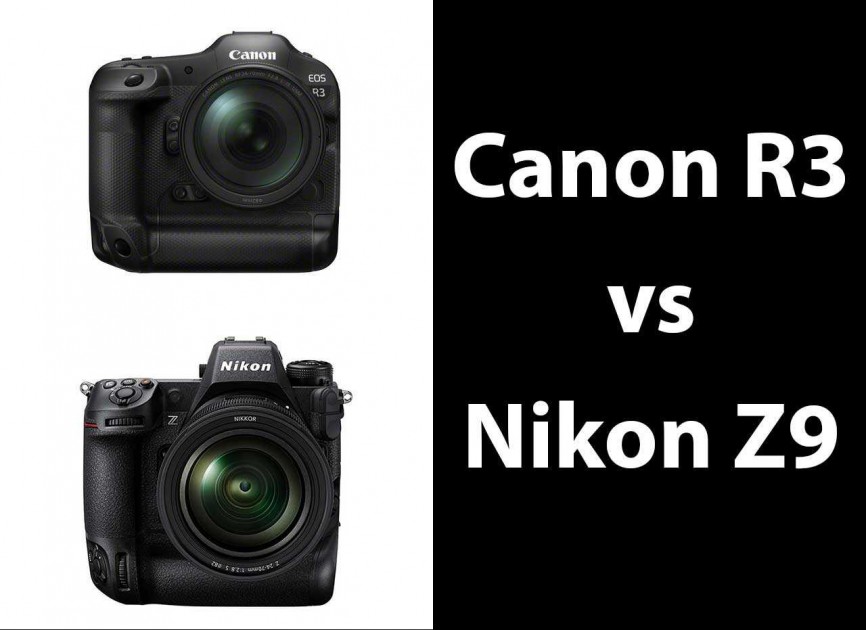Whether on the field or at the stadium, learn why Seattle-based photographer, Rick May chooses to use the Leica SL2 as his go-to sports camera.
“I’ve been practicing the art of making the invisible, visible since 2008. Through my evocative landscapes and sports images, I attempt to inject a refreshing eye for composition and technique, inviting you the viewer into my world.” – Rick May
1. How did you get started in sports photography?
In 2009, I was working for a tech company, and we were a major sponsor for an MLS (Major League Soccer) team. I struck up a friendship with the team photographer, who got full-season credentials for both soccer and football. I haven’t stopped since.
With photography prior to that, I began as a youngster with the Kodak Instamatic film cameras. My dad wanted to encourage me, and I would go with him and my grandfather on their excursions. The caveat was I had to pay for my own film, and so it taught me how to be judicious in my image selection.
I grew away from photography for a time after my childhood years. But I wasn’t bored, I spent 10 years in music playing drums in various bands. I was also a competitive athlete and I spent lots of time training in baseball and track.
That all brings me to 1998, which is when I fell back in love with photography. But the camera and photographer world were hardly recognizable, because of the new digital format. This was an exciting time. Digital changed the way I was able to shoot, getting immediate gratification (via the camera LCD), and having an unlimited number of shots.
I am still amazed by this sometimes, seeing how sports photographers are now shooting thousands of photos per event, versus 15-30 rolls of film. If you are not thinking about it, it is easy to get sloppy and lazy when shooting digital. With film, on the other hand, your maximum number of shots is known in advance.
2. Can you tell us what is in your camera bag today?
It depends on what I am shooting, although it is increasingly becoming skewed to the SL2 bodies and lens lineup. I had used my Leica S (007) to shoot some velodrome racing, and wondered what potential there might be if people only knew that yes, you can shoot sports with a Leica.
Generally, I carry two SL2 bodies, the new M10-R, and a Leica S3.
I initially struggled with the first SL the SL (Typ 601), but the SL2 – WOW. Knowing the sport and the camera’s capabilities, I can use this amazing tool with no issues. It handles events fine, and most importantly, my photos look better to me. So today, I can use my SL2 on the baseball diamond and the soccer pitches.
For outdoor sports, I’ve got the Leica SL2 married with the Leica Apo Vario-Elmarit-SL 90-280mm F2.8-4. I also use the Leica Super-Vario Elmar-SL 16-35mm f3.5-4.5 ASPH (for scene setup), the Leica Vario-Elmarit-SL 24-90mm f2.8-4 ASPH for medium action, and the Vario-Elmarit-SL 24-70 f/2.8 ASPH for times when a constant aperture is needed. For indoor sports like volleyball and basketball, I only use two lenses: the Leica Summilux-SL 50mm f1.4 ASPH and the Leica APO-Summicron SL 75/f2 ASPH.
3. What made you choose to use Leica for sports photography?
The look. The depth. And last, but not at all least – the sheer fact that people said it can’t be done, or writers wrote: “it’s not actually an action camera.” Rubbish. I enjoy the challenge. At the end of a match, it’s about the image quality.
I’ve worked with another brand, which is a major brand in sports photography, and I know that system intimately. Sitting next to photographers who are using that system, and I’m using the Leica SL2 and getting the same or better (from our location) images is a blast. You really have to know both the sport and the limitations of the camera to maximize its potential. The feel of the camera, 20fps, BIS, facebody detection, the tracking all help make it a very strong tool.
4. What’s been the biggest revelation for you so far, working with the SL-System?
The versatility and how exacting the improvements are and how much better this camera is. It’s been a very pleasant and eye-opening experience to shoot on this at both professional and collegiate sporting events. It’s a conversation starter for sure, but at the end of the day, producing images that can tell a story, speak to the viewer without words and move them – this camera can do that and I think it is capable of so much more. And, the new AF is such a HUGE step forward. The speed with which I can acquire a fast-moving subject; the accuracy – all factor into a much more robust tool, and one I can count on to not let me down.
5. What are your thoughts on Body Image Stabilization (BIS) and the ISO capabilities of the SL2?
I love it. They are big factors in the success I’ve had with the SL2. The in-camera stabilization, the floating ISO, allows me to focus on the action – and less on menus, customizations, etc.
6. What was the last sport you shot on the SL2? And what’s coming up?
MLS action between the Seattle Sounders FC and the Houston Dynamo at Lumen field in Seattle.
I’ve got media days coming up for the college teams and can’t wait to pull together individual, team, and action images across each day.
7. What advice would you give someone who is starting out in sports photography?
First, know the sport. I don’t mean how to play it, but to truly understand the intricacies. What’s the strategy? If the sport is soccer, is there a winger who plays on just one side? For basketball, who is the guy running the offense, is anyone playing above the rim, is the offense a run and gun, or is ball control focused? In baseball, what is the batter’s propensity to hit the opposite field? Which team steals more? Just little things like this can help you anticipate what is coming and capture the image.
Second, know your gear. It is crazy how many times I’m sitting next to a photographer who is not focused on the action, instead, fiddling with their camera. That should all have been done PRE-GAME.
Third, start small. There is a natural progression to progressing in sports photography, and you don’t just pick up a camera and somehow manage to get on the sideline. Start with the little league kids, work your way into middle school, high school sports and go from there.
8. What would you recommend to someone getting started on the SL2 system?
For sports? Get the MULTI-FUNCTION HANDGRIP HG-SCL6. You’ll need it. Get a solid monopod, unless you have arms of steel, you’ll need this as well. The Vario-Elmarit-SL 24-90mm f2.8-4 ASPH is awesome and so is the Vario-Elmarit-SL 24-70 f/2.8 ASPH, which has a more traditional f/2.8. For extra reach, the Apo-Vario-Elmarit-SL 90-280mm F2.8-4. From here though, it’s practice, practice, practice.
There is this misconception that you need a 400, or 500 or 600mm. I know I have been there. As my work and style has evolved, so has my need to have everything. These days, I’m really focused on just a few lenses that can cover my needs. When I need the extra reach, I can pop out of full frame mode and drop into the APSC sensor crop. I get plenty of reach (50%) without sacrificing a stop. My 90-280mm now gives me the image area of a 135-420mm zoom. It still has over 20 Mega Pixels in the crop mode.
By understanding what the system is capable of, you will be quicker and better able to capture that shot!
9. What are your preparation routines for a sporting event?
I believe that certain elements of photography are interconnected. For example, light, shadows, scenes, backgrounds – all play into creating good images I’m always on-site at least 90 minutes prior to the game.
In addition to my pre-game checklist (rosters updated, cards cleared, lenses clean, etc), I walk the field or stadium. I take a field notebook with me and make notes on the sun’s position, the time of the day, the way the lights stream through into the stadium. For night matches/games, I track the white balance on my cameras, making sure I have data to use for future events.
Similar to chasing light as I do in landscape photography, I chase the light and use it to my advantage when I can. A late April baseball game can give me incredible backlit opportunities and with the team playing on a dirt field, dust as well. All these factors add detail, complexity, and story.
10. What’s next?
MLS action and/or collegiate media days followed by a plethora of volleyball, soccer, basketball, softball, and baseball.
View More of Rick May’s Work
Discover more of Rick May’s work at www.rickmayphotos.com.











